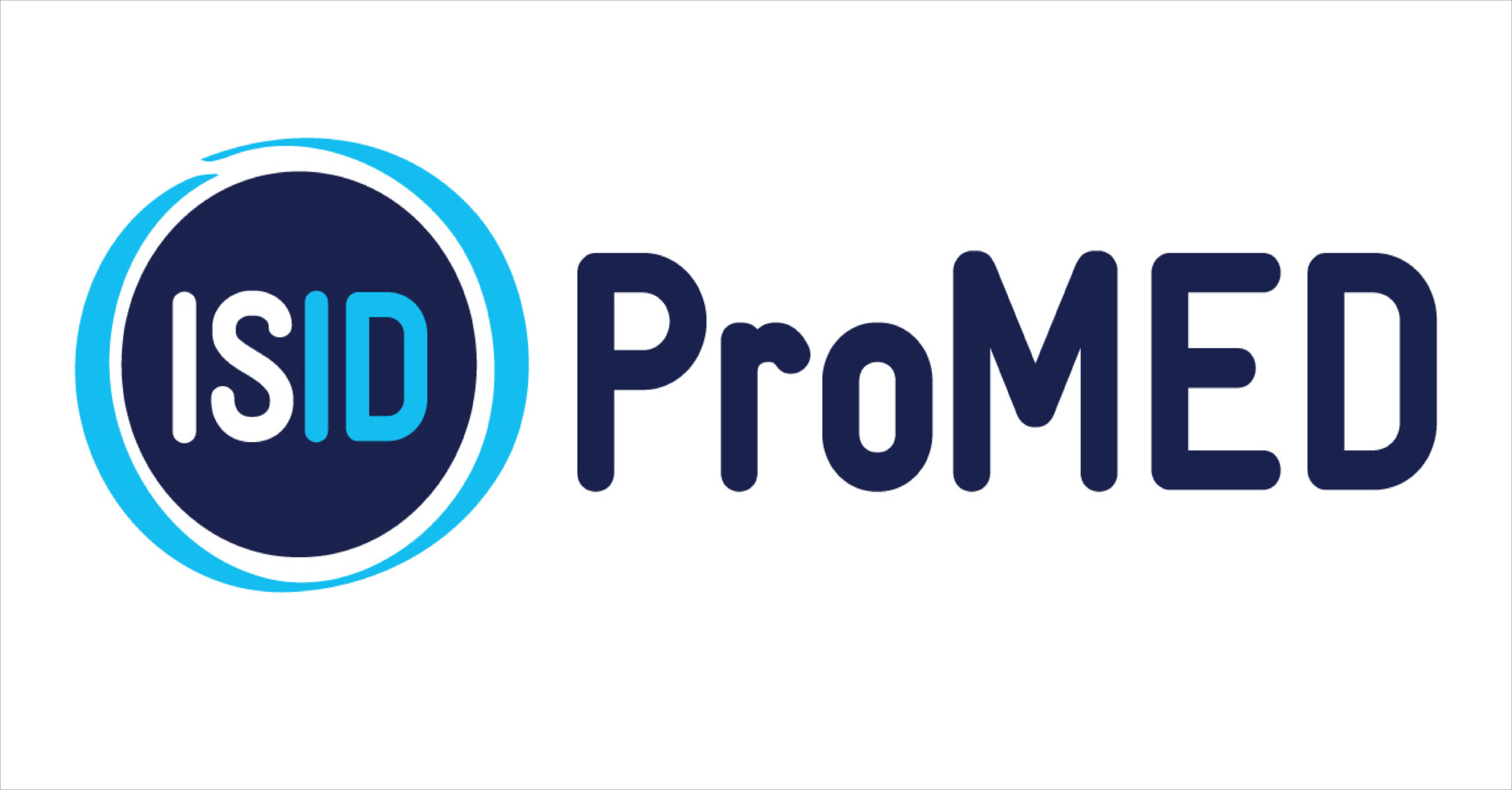Research: 70% of Dutch cattle has antibodies against Schmallenberg virus
The Dutch National Animal Health Service tested a part of 1,123 blood samples of dairy cattle, which they still had stored. From every province samples were tested.
70% of the samples were positive. This compares to a 80% prevalence of Akabane-virus after an outbreak in New South Wales, Australia, 1974.
This probably means the current numbers of Schmallenberg infection in all affected countries in Europe are a gross underestimation.
Link to report in Dutch.
The Dutch National Animal Health Service tested a part of 1,123 blood samples of dairy cattle, which they still had stored. From every province samples were tested.
70% of the samples were positive. This compares to a 80% prevalence of Akabane-virus after an outbreak in New South Wales, Australia, 1974.
This probably means the current numbers of Schmallenberg infection in all affected countries in Europe are a gross underestimation.
Link to report in Dutch.
Naar schatting in 70% van de melkveepopulatie in Nederland antistoffen tegen Schmallenbergviru
De geschatte prevalentie van antistoffen tegen het Schmallenbergvirus in de melkveepopulatie in Nederland is ca. 70%. Daarbij is de prevalentie van antistoffen tegen het Schmallenbergvirus in melkvee in het oosten van Nederland aanzienlijk hoger in vergelijking met het noorden en zuiden. De binnen-bedrijf prevalentie van antistoffen tegen het Schmallenbergvirus bij twee besmette schapen- en twee besmette melkveebedrijven varieert tussen de 70 – 100%. Dat blijkt uit een prevalentieonderzoek van het Central Veterinary Institute (CVI), onderdeel van Wageningen UR, in opdracht van het Ministerie van Economische Zaken, Landbouw en Innovatie (EL&I).
De hoge prevalentie van antistoffen tegen het Schmallenbergvirus in de melkveepopulatie geeft aan dat er een wijdverspreide blootstelling aan dat virus heeft plaatsgevonden. Daarmee wordt ook duidelijk dat het aantal klinische verdenkingen op basis van de PCR-diagnostiek in misvormd geboren kalveren een grove onderschatting geven van het aantal besmette melkkoeien; niet alleen in Nederland maar ook in de andere landen met Schmallenbergvirus-problemen.
Tot nu toe zijn er geen vergelijkbare prevalentieonderzoeken naar antistoffen tegen het Schmallenbergvirus gedaan in andere landen. Maar een seroprevalentie-onderzoek naar Akabane virus, die tot dezelfde virusfamilie als Schmallenbergvirus behoort, liet een 80% seroprevalentie zien aan het eind van een uitbraakseizoen in 1974 in New South Wales, Australië.
Dat de seroprevalentie van antistoffen tegen het Schmallenbergvirus bij melkvee in het oosten van het land veel hoger is dan in andere delen van Nederland kan een aanwijzing zijn dat de eerste introductie van het virus in deze regio heeft plaatsgevonden. Dit wordt ondersteund door de rapportage in september 2011 van de eerste melkveebedrijven gelegen in Oost-Nederland met koorts, waterige diarree en een verlaging van melkproductie. De eerste resultaten over de binnen-bedrijf prevalentie wijzen erop dat waarschijnlijk de meeste dieren op geïnfecteerde bedrijven aan het eind van een uitbraakseizoen besmet zullen zijn. Vergelijkbare resultaten waren te zien bij Akabane-virusinfecties in Australië en Zuid-Oost-Azië, waar soms binnen twee tot drie weken en maximaal binnen twee maanden alle sentinel (vatbare) dieren een infectie doormaakten.
Zie voor meer informatie over dit onderzoek de site van het CVI.
bron: CVI _ Wageningen UR, 09/03/12
AgriHolland
Dank aan Mieke
De geschatte prevalentie van antistoffen tegen het Schmallenbergvirus in de melkveepopulatie in Nederland is ca. 70%. Daarbij is de prevalentie van antistoffen tegen het Schmallenbergvirus in melkvee in het oosten van Nederland aanzienlijk hoger in vergelijking met het noorden en zuiden. De binnen-bedrijf prevalentie van antistoffen tegen het Schmallenbergvirus bij twee besmette schapen- en twee besmette melkveebedrijven varieert tussen de 70 – 100%. Dat blijkt uit een prevalentieonderzoek van het Central Veterinary Institute (CVI), onderdeel van Wageningen UR, in opdracht van het Ministerie van Economische Zaken, Landbouw en Innovatie (EL&I).
De hoge prevalentie van antistoffen tegen het Schmallenbergvirus in de melkveepopulatie geeft aan dat er een wijdverspreide blootstelling aan dat virus heeft plaatsgevonden. Daarmee wordt ook duidelijk dat het aantal klinische verdenkingen op basis van de PCR-diagnostiek in misvormd geboren kalveren een grove onderschatting geven van het aantal besmette melkkoeien; niet alleen in Nederland maar ook in de andere landen met Schmallenbergvirus-problemen.
Tot nu toe zijn er geen vergelijkbare prevalentieonderzoeken naar antistoffen tegen het Schmallenbergvirus gedaan in andere landen. Maar een seroprevalentie-onderzoek naar Akabane virus, die tot dezelfde virusfamilie als Schmallenbergvirus behoort, liet een 80% seroprevalentie zien aan het eind van een uitbraakseizoen in 1974 in New South Wales, Australië.
Dat de seroprevalentie van antistoffen tegen het Schmallenbergvirus bij melkvee in het oosten van het land veel hoger is dan in andere delen van Nederland kan een aanwijzing zijn dat de eerste introductie van het virus in deze regio heeft plaatsgevonden. Dit wordt ondersteund door de rapportage in september 2011 van de eerste melkveebedrijven gelegen in Oost-Nederland met koorts, waterige diarree en een verlaging van melkproductie. De eerste resultaten over de binnen-bedrijf prevalentie wijzen erop dat waarschijnlijk de meeste dieren op geïnfecteerde bedrijven aan het eind van een uitbraakseizoen besmet zullen zijn. Vergelijkbare resultaten waren te zien bij Akabane-virusinfecties in Australië en Zuid-Oost-Azië, waar soms binnen twee tot drie weken en maximaal binnen twee maanden alle sentinel (vatbare) dieren een infectie doormaakten.
Zie voor meer informatie over dit onderzoek de site van het CVI.
bron: CVI _ Wageningen UR, 09/03/12
AgriHolland
Dank aan Mieke


Comment